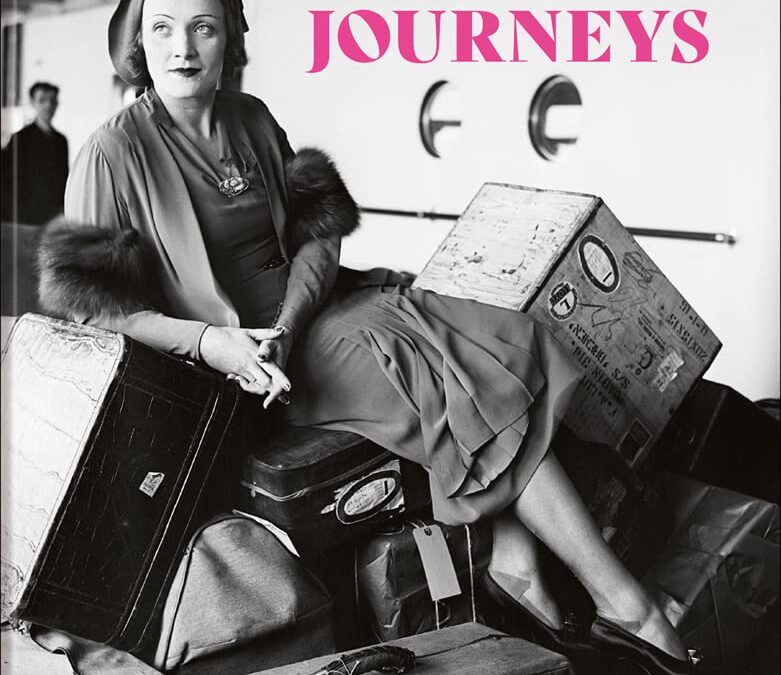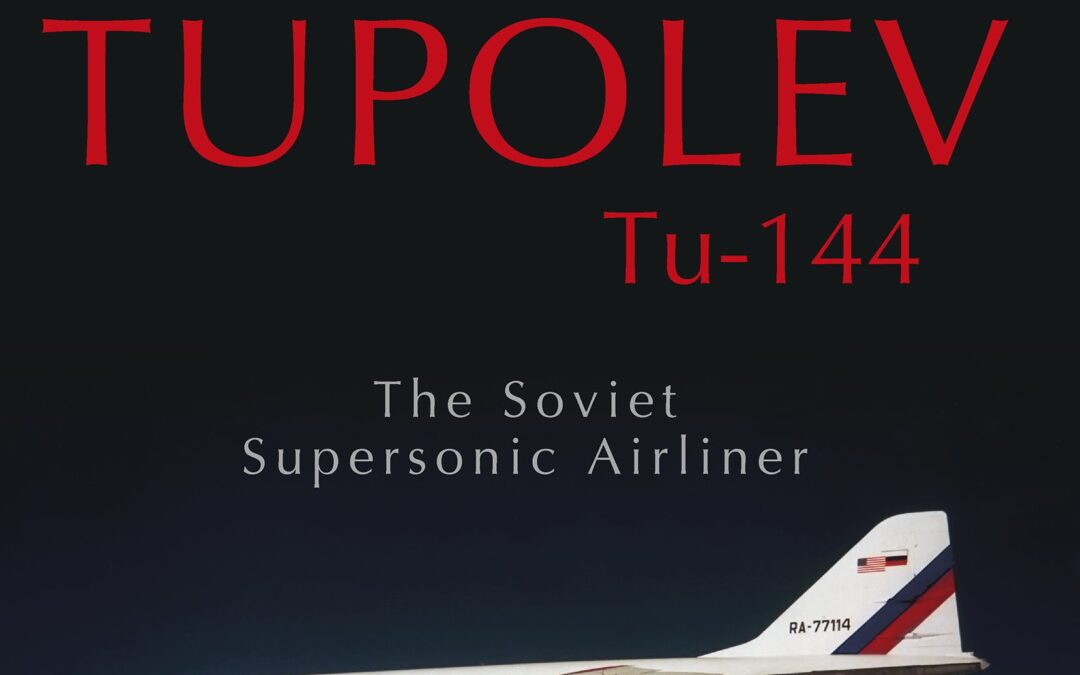
Developed in the 1960s/1970s, the Tu-144 was the Soviet Union’s only practical venture into supersonic commercial aviation. Though its career was all too brief, it was a major technological achievement for the Soviet aircraft industry. The book provides in-depth coverage of the “Concordski,” including projected versions, the Tu-144’s production and service history, and a comparison with the Concorde. First flown on the last day of 1968—ahead of the Concorde—the Tu-144 had to undergo a long gestation period before the production version entered service in November 1977. Unfortunately, its career proved to be brief; two accidents and a powerful anti-Tu-144 lobby caused the type to be withdrawn in May 1978. The book describes the Tu-144’s versions (including the Tu-144LL research aircraft developed under a Russian-U.S. program) and touches on the projected military derivatives. It is illustrated with color side views and previously unpublished photographs.
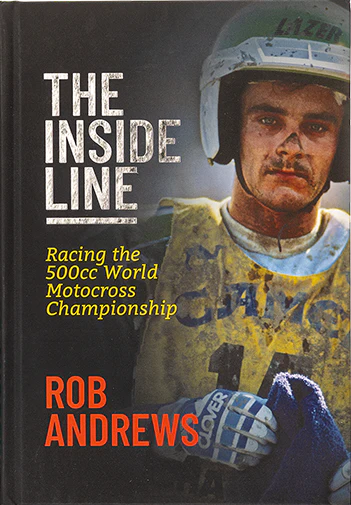
A unique, detailed, and comprehensive first-hand account of life as a professional racer competing and contending in the 500cc world motocross championship.
Tracing the journey of Great Britain’s Rob Andrews, from unremarkable amateur, through to factory Kawasaki rider, 500 GP contender, and member of Great Britain’s 1985 Motocross des Nations team, The Inside Line goes where no book has gone before: deep into the heart of life as a professional grand prix motocross racer.
Superbly illustrated with nearly 400 incredible images from some of the most acclaimed photographers in the industry, The Inside Line takes the reader on a fascinating odyssey of insight and intrigue.
Learn the inner workings of the grand prix motocross world, get answers to long-pondered questions, and discover things you never knew. There are facts that will surprise you, anecdotes that will make you laugh, and brutally honest, never-before-published information.
Find out how it felt to race against motocross legends on the world’s most famous and revered grand prix circuits. Discover what it was like to race a full-factory 500 for Team Kawasaki. Learn how the riders on the nomadic grand prix circuit lived, traveled, trained, and practiced while on the road.
Join Rob as he guides you – in his own words – through the highs and the lows, the adrenaline and the sacrifice, the jubilation and the occasional devastation of his extraordinary journey from raw novice all the way to the biggest stage of all: the 500cc world motocross championship.
And by the end you’ll understand just what it was like – and just what it took – to be a grand prix motocross racer.
The Inside Line is a mammoth, heavyweight, 416-page, 93,000-word hardback book of uncompromising quality and detail.

The Testarossa, one of the most “provocative” Ferraris of all time, caused a sensation from its “preview” at the Paris Lido in 1984. It boasted extreme styling, with a rear track significantly wider than the front and conspicuous air intake strakes on the flanks, while mechanically it sported a mighty V12 engine displacing almost five.
The Supercars series could hardly fail to include a title devoted to this sensational car and recounting its technical and stylistic genesis.
The book covers both the Testarossa’s “ancestors” – the 365 GTB/4 ‘Daytona’ and the 512 BB – and its “descendants” – the 512 TR and the F512 M, not to forget the Spider version commissioned by Avvocato Gianni Agnelli and the sensational Mythos, the prototype designed by Pininfarina in 1989 and based on the rolling chassis of this car. The book is completed by the road tests that featured the car in the magazine Quattroruote.
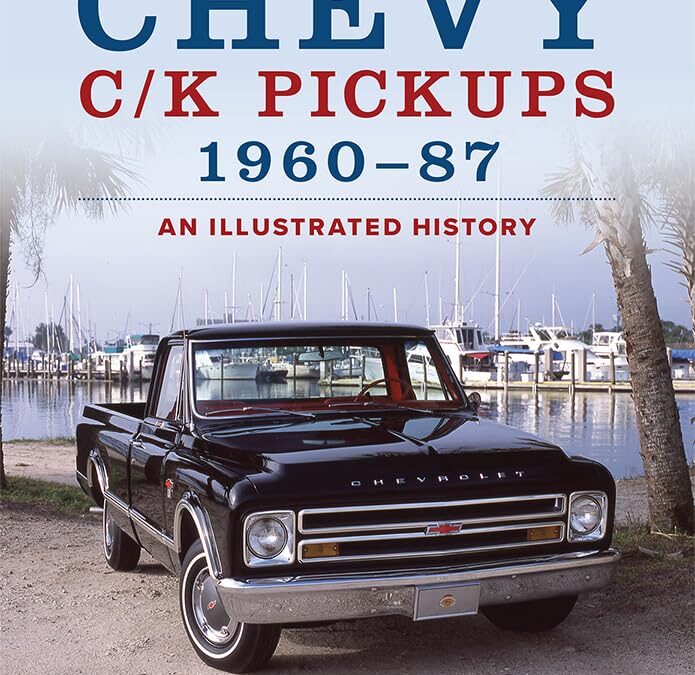
For uninitiated readers—or those too young to recognize a Grateful Dead song—Chevrolet’s C/K coding denotes model year 1960’s two new pickup lines: C for conventional two-wheelers and K for the company’s brawnier 4X4 counterparts. Showcasing many truck market milestone moments, the lengthy C/K tale recounted in this book encompasses three generations: 1960–66, 1967–72, and 1973–87. The first-generation C/K was launched in the fall of 1959 as a 1960 model and featured many firsts—the most significant of these were a drop-center ladder frame that allowed the cab to sit lower than ever before and an independent front suspension that gave the trucks an almost car-like ride. The second-generation C/K debuted in 1967, at which point GM began adding comfort and conveniences to a product that had previously been for dirty work only. The gen-2 trucks have proven extremely popular with collectors thanks to the attractive styling and excellent driveability. The third generation was unveiled in 1973 and produced through the end of 1987 and enjoyed a total restyling. Due to a relatively smooth appearance that encouraged better aerodynamics and higher fuel economy, these trucks were promoted as the “Rounded Line.” The first three generations of Chevy’s popular C/K pickups are the most popular, affordable, and collectible pickups on the market today. High production numbers mean used parts are easy to find, and there is a large aftermarket for reproduction parts.
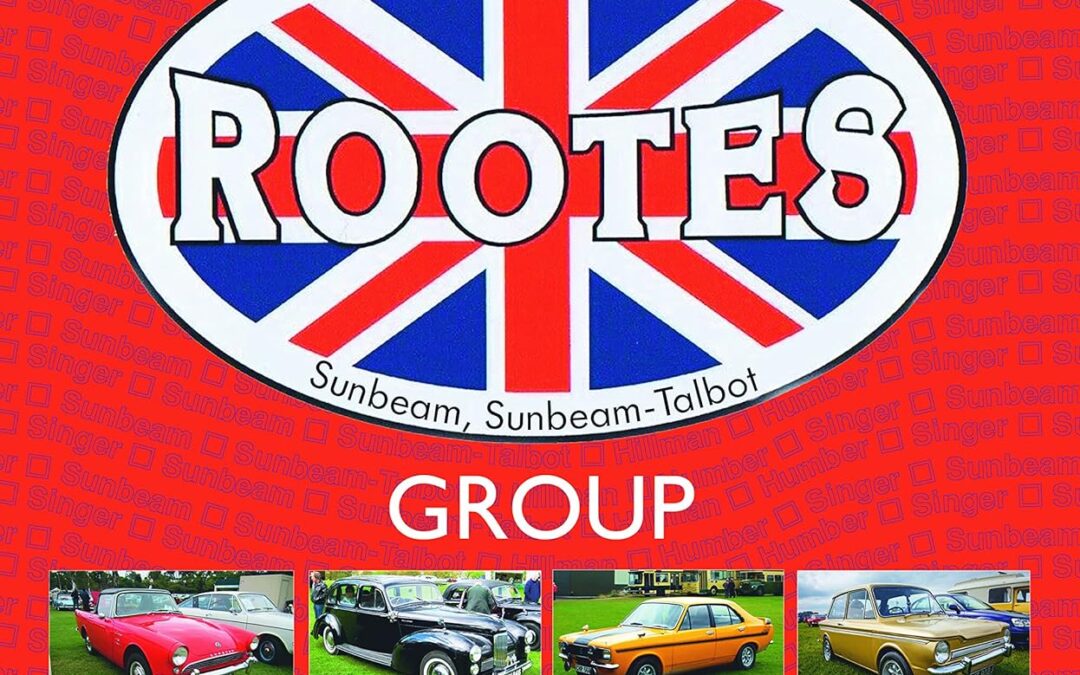
From the early 1930s until the mid-1970s the Rootes Group was one of Britain’s foremost car manufacturers, producing and selling a multitude of models under the Hillman, Humber, Singer, Sunbeam and Sunbeam-Talbot badges. Some of these cars have been the subject of individual model histories, but this is the first book to bring the total Rootes model line together in one major reference book.
Written by one of Britain’s most able car historians, the late Graham Robson, this book has now been reprinted for future generations to enjoy. It covers the company’s history, and details all the major marques within the Rootes Group. The book looks at the overall marketing strategies as well as the widespread use of common components across the range. Individual descriptions of each model built results in a book of great breadth and absorbing interest, that will be welcomed back by all classic car enthusiasts.
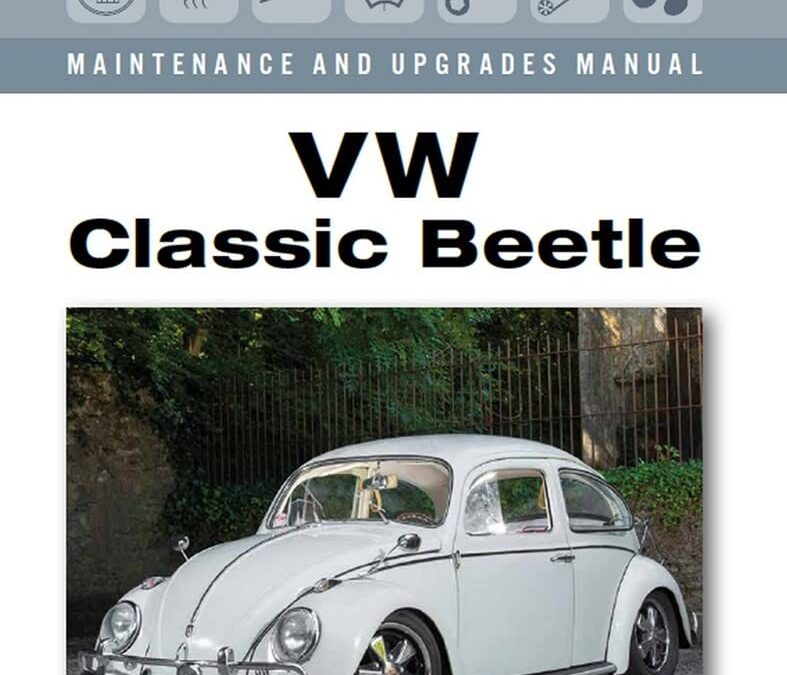
VW Classic Beetle is the latest in the Maintenance and Upgrades Manual series, which are based on real-life experience and written by expert authors. The original air-cooled VW Beetle is a hugely distinctive and popular classic car with over 21 million produced over a 65-year period. It is also an ideal starter classic for anyone looking to get their hands dirty. This new book includes an illustrated timeline to the various models produced and a useful buyers’ guide with a systematic approach. There is information on workshop tools and equipment and a service and maintenance schedule. How to maintain all aspects of the engine, transmission, brakes and bearings, suspension and electrics are covered. Information on modifications and upgrades for the engine, brakes and suspension including front beam, dropped spindles, spring plates, air ride, and wheels and tyres is included. Troubleshooting tips for when your car won’t start or won’t go into gear are given and, finally, tips on restoration of the paint and bodywork, or respray. There are useful chapters on fitting an ISOFIX base for a child safety seat, as well as fire suppression.
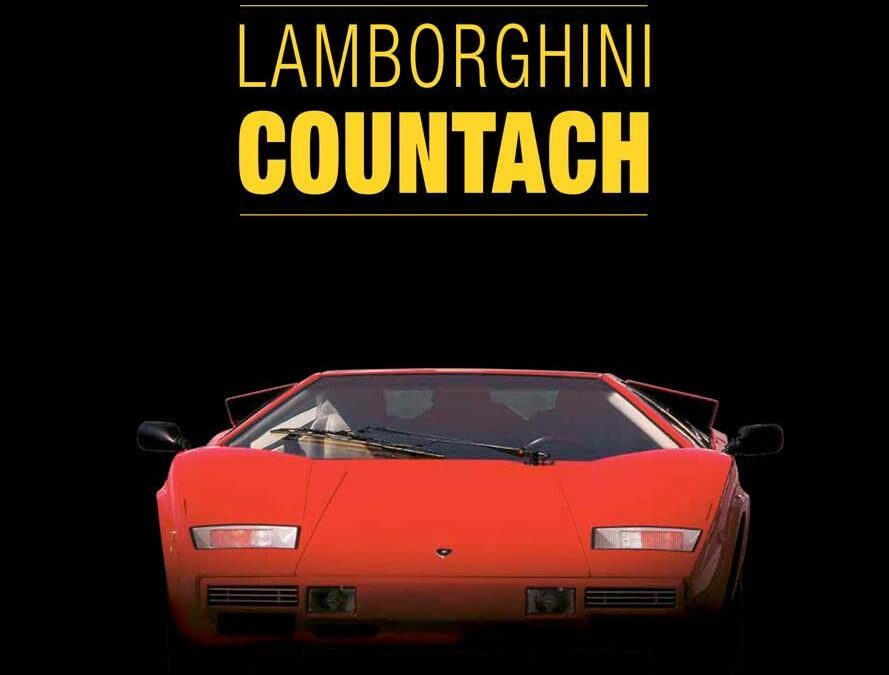
The Lamborghini Countach: a remarkable supercar, a car of extreme and timeless appeal is the protagonist of this new monograph.
The book opens with the long period of gestation in which Marcello Gandini – then head of design at Carrozzeria Bertone – defined the futuristic lines of a car that, to many at first sight seemed to have come from another planet thanks to the taut, sharply creased lines of its bodywork and its muscular mechanical specification, with the V12 engine located behind the driver’s shoulders. When it progressed from a concept to a production model (LP 400), the Countach successfully maintained its charisma, becoming one of the most enduring supercars of all.
The thorough text draws on the direct testimony of many of the figures who contributed to the creation of the Countach: from Marcello Gandini to Giampaolo Dallara and through to the invaluable insights provided by the daughter of Paolo Stanzani.
The book covers all the principal versions of the Countach: from the first LP 500 to the LP 400, from the 48-valve to the monstrous 5000 QW through to the 25 Anniversario that in 1990 represented the final chapter in the history of this unforgettable car.
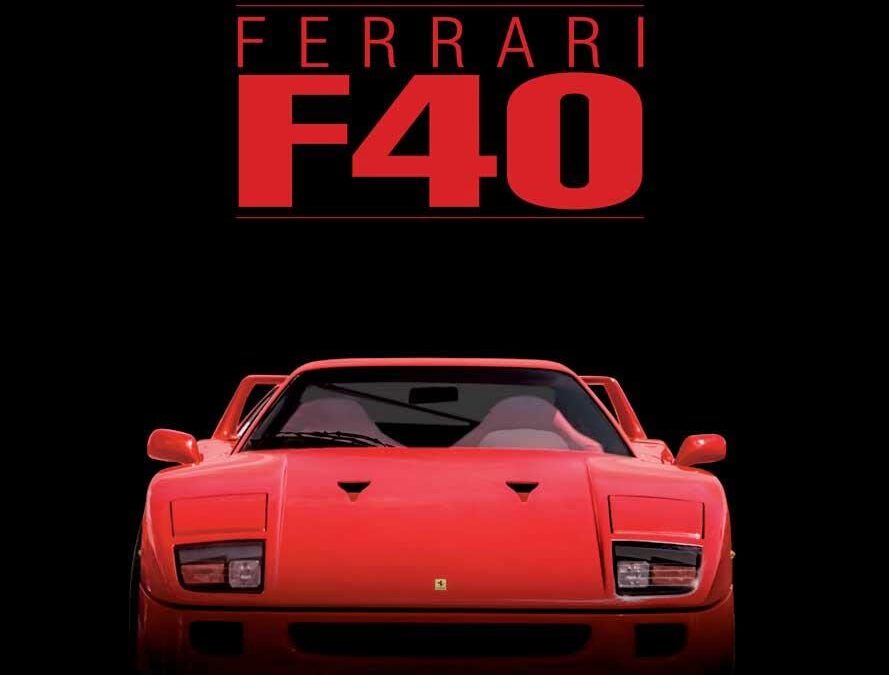
A must, an “exaggerated” Ferrari, a remarkably impressive car still today, more than 30 years on from its launch.
The Ferrari F40 caused a sensation when it first saw the light of day in 1987 thanks to its uncompromising lines and a formidable mechanical specification, most of which left in plain sight and promising unrivalled performance. The car emanated immense appeal from every side.
The last of the Prancing Horse’s GT cars “approved” by Enzo Ferrari is the protagonist of this book by Gaetano Derosa, a book that starts from a long way out, analysing the “forebears” of the F40: from the 250 LM of 1963 to the 308 “Millechiodi” of 1978, to the 288 GTO of 1984 and the GTO Evoluzione of 1986. The technical and stylistic evolution of the F40 is also recounted by the figures responsible for this thoroughbred Ferrari: from Leonardo Fioravanti, in his dual role as designer and at the time vice-chairman of the Maranello firm to Nicola Materazzi who defined the monstrous eight-cylinder engine that powered the car and through to Piero Ferrari himself one of the great supporters of the F40 Le Mans project.
It is no coincidence that the book concludes with an exhaustive chapter dedicated to the F40 in racing, from the GT and single-marque championships to the return to the Le Mans 24 Hours.
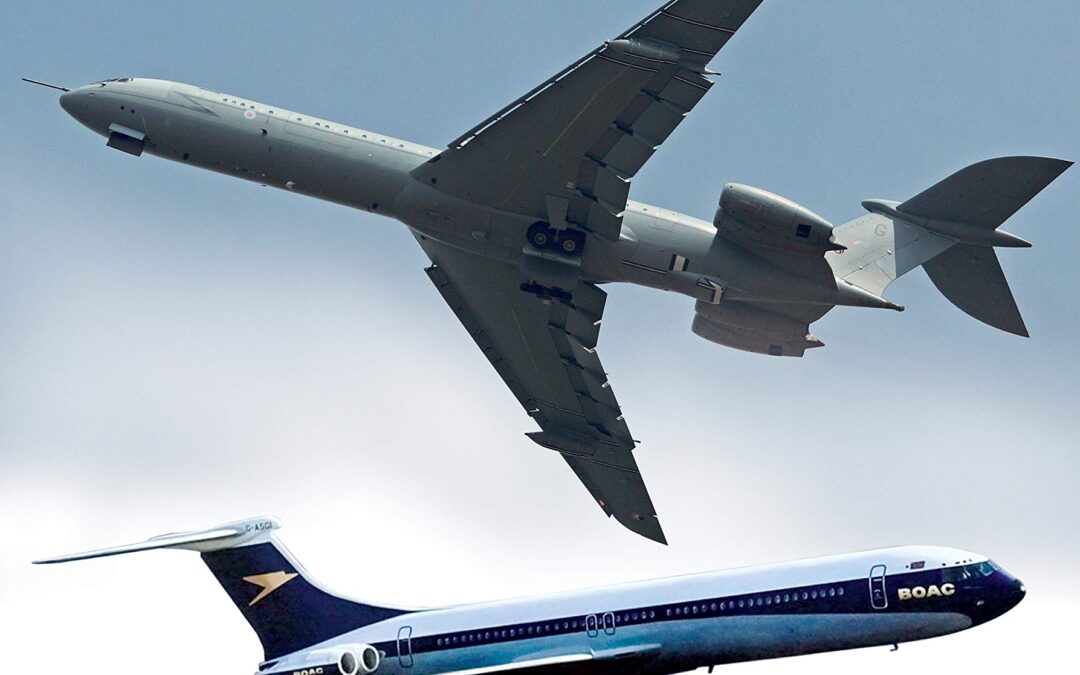
Designed and manufactured by the men who would make Concorde, the Rolls-Royce powered Vickers VC10, and its larger variant, the Super VC10, represented the ultimate in 1960s subsonic airliners. The VC10 was Britain’s answer to the Boeing 707 and the Douglas DC-8.
The VC10 was a second-generation jetliner designed in the 1960s and manufactured into the 1970s. It incorporated advanced engineering, new aerodynamics, and design features, to produce a swept, sculpted machine easily identifiable by its high T-tail design and rear-engine configuration.
The VC10 could take off in a very short distance, climb more steeply and land at slower speed than its rivals the Boeing 707 and Douglas DC-8. These were vital safety benefits in the early years of the jet age. At one stage, the Super VC10 was the biggest airliner made in Europe and the fastest in the world.
On entry into service, both the VC10 and the longer Super VC10 carved out a niche with passengers who enjoyed the speed, silence and elegance of the airliner. Pilots, meanwhile, loved its ease of flying and extra power. Yet the VC10 project was embroiled in political and corporate machinations across many years and more than one government. BOAC got what they asked for but went on to criticize the VC10 for not being a 707 – which was a different beast entirely. Questions were asked in parliament and the whole story was enmeshed in a political and corporate affair that signified the end of British big airliner production. Yet the men who made the VC10 also went on to design and build Concorde. Many VC10 pilots became Concorde pilots.
In service until the 1980s with British Airways, and until 2013 with the RAF, the VC10 became a British icon and a national hero, one only eclipsed by Concorde. It remains an enthusiast’s hero.
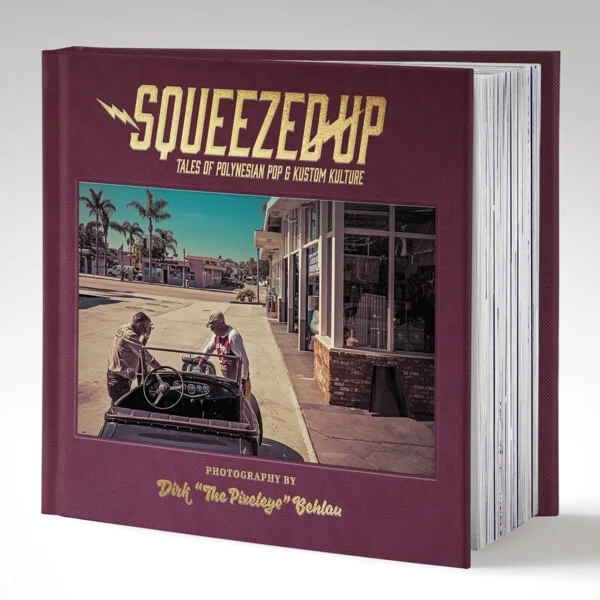
Squeezed Up – The Book is the new XXL coffee table book by internationally acclaimed photographer and filmmaker Dirk Behlau.
Ten Days, Nineteen Cities, Twenty-Eight Locations, Two Hot Rods, Five Guys, and a Race. Squeezed Up is an unforgettable road trip across Southern California, combining Hot Rodding, Polynesian Pop, Tiki culture, Tattoos, and Kustom Kulture into a stunning and crazy master-piece. Experience every bump in the road with “The Wild Bunch,” as they journey to preserve the past, while meeting with painters, surfers, tattoo artists, bartenders, Tiki makers, Hot Rod builders, and more. Don’t take yourself too seriously, conserve history, preserve and don’t consume. Keep what makes you feel alive and live it. Come and join us on the road!
378 pages, full color Hardcover in a linen slipcase
Format: 297 x 270 mm
Includes 12 Tiki Cocktail Recipes
Companion DVD HERE
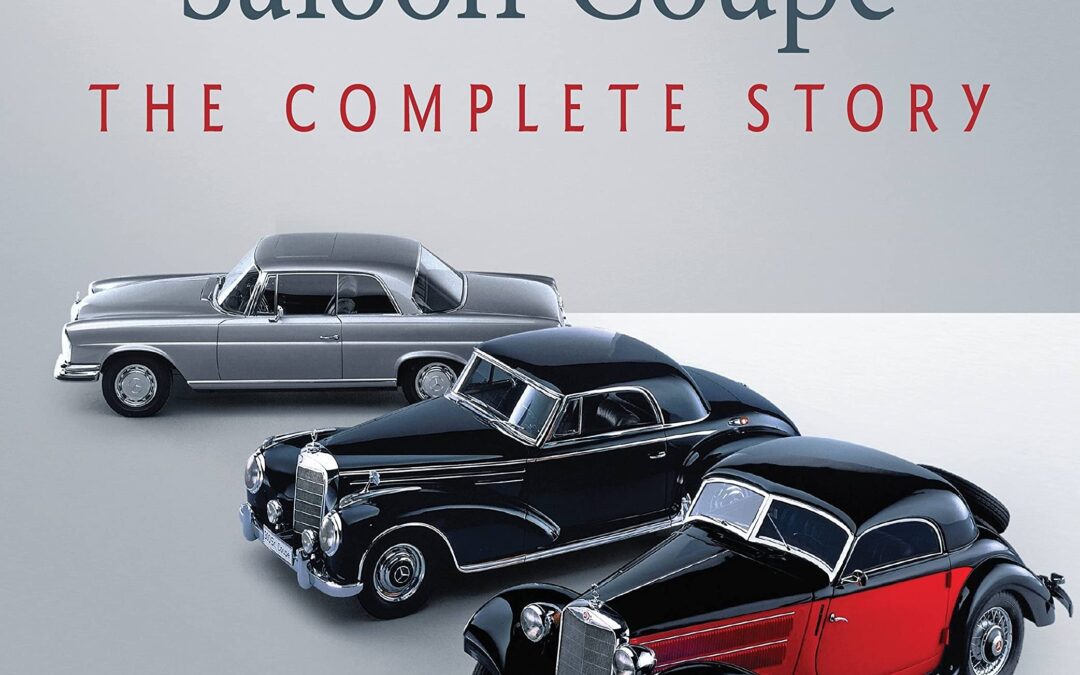
First produced in 1928, Mercedes-Benz Coupés became the embodiment of elegance and exclusivity on four wheels. Their design became an experience for all the senses, appealing to every emotion.
Hans-Dieter Futschik, the designer responsible for many of the later Mercedes-Benz models, said of the Saloon Coupé: ‘A shorter wheelbase compared with the saloons gives it different proportions that are almost sports car-like in character. The passenger compartment is set further back. This gives it a sportier look than a saloon. In addition, the greenhouse is smaller and more streamlined than the basic body. It looks like a small head set on a muscular body, exuding a powerful and more dynamic attitude… Everything radiates power, elegance and agility.’
This complete guide includes an overview of early automotive history; pre-merger design from both Benz and Daimler; the historical protagonists and how they influenced the design; how design and fashion change vehicle shape; the continued development of Saloon Coupe design to suit every class and finally, the modern idea of the Coupe.
With over 200 photographs and illustrations, this book includes:
- An overview of early automotive history
- Pre-merger design from both Benz and Daimler
- The historical protagonists and how they influenced the design
- How design and fashion change vehicle shape
- The continued development of Saloon Coupé design to suit every class
- The modern idea of the Coupé.

The Leading Edge summarizes the aerodynamic design and construction issues of solar cars and ultralight land vehicles. Author Goro Tamai draws on his own experience in designing solar cars at MIT to produce a book for the ground-up streamlined land-vehicle designer or constructor, as well as for the solar/electric/ultralight vehicle enthusiast. As with any engineering problem, the “best” body shape for solar cars, HPVs, or Electrathoners is not the body of absolute lowest drag. The vehicle system, in-cluding the driver, chassis, and energy/drive system must work in concert to produce the maximum output. The Leading Edge will help designers quantify the trade-offs, and make logical decisions.
Technical highlights:
- Vehicles covered include solar cars, human-powered vehicles (HPV), solar bikes, electrathon racers, ground-up hybrid or pure electric vehicles, and fuel-economy record cars.
- Numerous examples using specific race cars and teams, and how designers solved problems.
- Full definition of terms, with equations and examples provided for determining key aerodynamic parameters.
- All design and construction issues, from body shape, to wheels, to canopy integration, to solar panel sizing.
- How to do in-the-field testing and diagnosis of aerodynamic performance.
- Special overview section reviews the history of ultra-streamlined land vehicle development.

More than 50 Years of High Performance
George Hurst was a hot rodder at heart, but he was also a visionary, an innovator, a brilliant promoter, and he was particularly skilled at building alliances. Hurst developed and marketed a high-performance line of shifters that led the industry and became the cornerstone of the company. After forming an alliance with Anco Industries, Hurst marketed and sold more than 100 speed parts that included shifters, heads, wheels, and many other parts. Eventually, the Hurst catalog became the source for high-performance parts in the 1960s and 1970s.
Jack Doc Watson joined Hurst and became a pivotal figure within the company, which led to many performance projects with Pontiac. Over the years, Hurst also partnered with Oldsmobile to build special 442s known as the “Hurst” Olds, with AMC to build the wickedly effective SC Rambler, and with Chrysler to create a number of Super Stock cars as well as the 300H. He also helped build one of the most memorable exhibition cars in drag-racing history, the Hemi Under Glass.
No other company or individual had as big of an impact on so many aspects of the automotive industry as George Hurst. His performance parts were some of the best ever, the competition cars won many races, and the muscle cars that bear his name were some of the best of the era. Scores of interviews, in-depth research, and exceptional insight from veteran magazine editor Richard Truesdell and co-author Mark Fletcher have created a great book. In this softcover edition, Hurst Equipped: Revised and Updated Edition captures the complete story from the production cars and race cars to the performance parts.
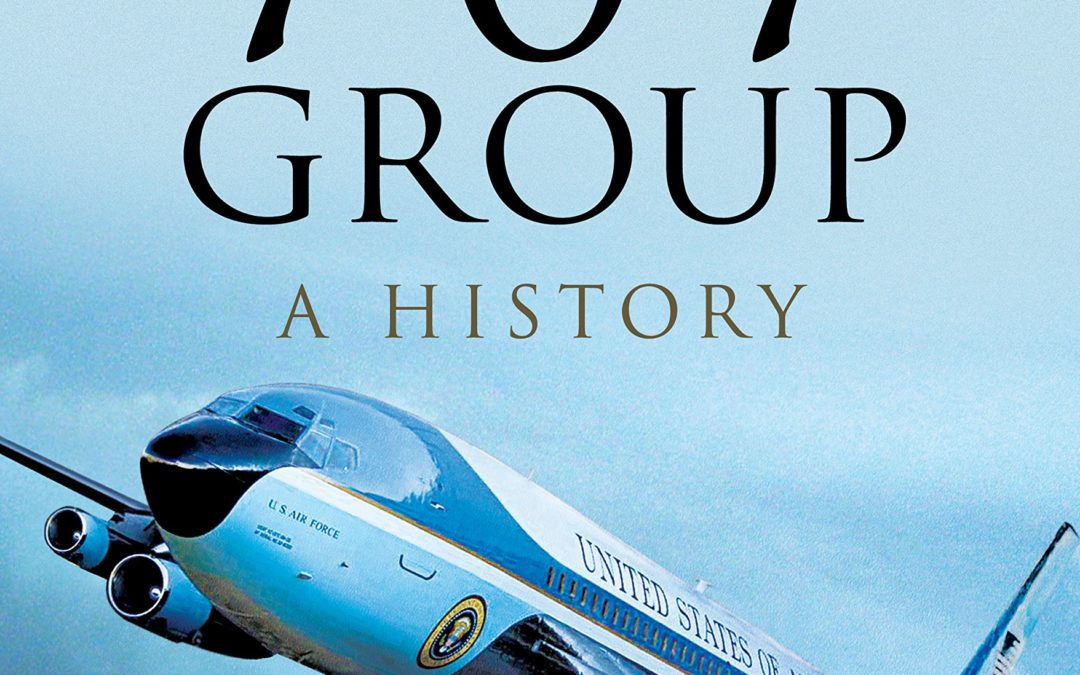
The Boeing 707 family – that includes the forerunner Model 367-80, the KC-135 series of military transports and the slightly smaller Model 720 – was the pioneer of the sweptback wing, incorporating podded engines borrowed from the B-47 military bomber. It was the aircraft that many regard as the design that really ushered in the Jet-Age.
This new book from the established aviation historian Graham Simons examines the entire course of the Boeing 707’s history, charting an impressive design evolution and illustrating the many ways in which the 707’s legacy continues to be felt to this day. In laying the foundation for Boeing’s preeminence on the word’s jetliner market during the 1980s and 90s, the 707 paved the way for future innovations in both civilian and military fields and Graham Simons has put together an image-packed history that records the historic and landmark milestones of this iconic aircraft type.
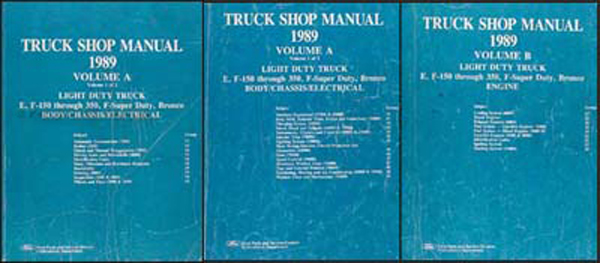
This manual set covers 1989 Ford truck models including F-Series models F-150, F-250, F-350, F-Super Duty, long and short beds, Super Cabs and Crew Cabs; full-size Bronco; E150, E250, E350, Econoline, Cargo Van, Club Wagon, and C-class Van-based motorhomes .
Volume A Body, Chassis Electrical 2 volumes
Volume B Engine
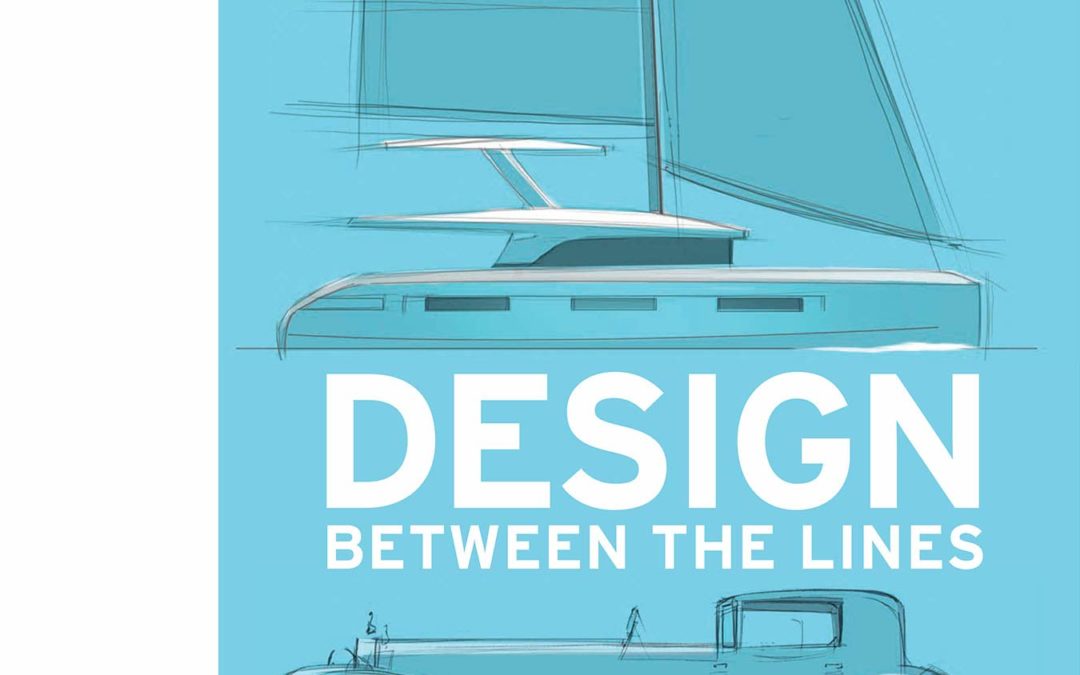
The car industry and the way in which cars are created have changed beyond all recognition over the last half-century. Automotive styling was once the grudging afterthought when the engineers had finished their work. Now, following a short flirtation with exotic Italian design houses, it has evolved into sophisticated design carried out by multitalented in-house teams honing carefully crafted brand identities.
One of the visionary designers at the forefront of that revolution has been Patrick le Quément. Most widely acclaimed for his 22 years in charge of Renault Design, resulting in such standout models as the Twingo, Scénic and Avantime, le Quément has enjoyed a 50-year career that has also taken in Simca, Ford and Volkswagen-Audi. In his foreword to the book, Stephen Bayley calls le Quément ‘perhaps the very most original designer working in the conservative car business at the turn of the millennium’. Some 60 million cars across the world now bear the unmistakable stamp of le Quément.
Design: Between the Lines is not a straightforward autobiography; rather, le Quément charts his journey through five decades of thoughts, actions, failures and successes. He offers fascinating commentaries on design and the creative process, and on some of the extraordinary automotive brands that make up our shared cultural heritage. As Bayley notes, for le Quément, design is ‘as much a matter of thinking as a matter of drawing’. On a broader, more philosophical level, le Quément also shares his views about life in general and that remarkable contraption called ‘the automobile’, which has so influenced the lives of millions of people the world over from the late 1800s to the present day.
Presented as a series of 50 brief essays or ‘perspectives’, le Quément’s thoughtful and astute observations from the street, from the design studio and from his seat in the boardroom give the reader a penetrating and often amusing insight into the high-level workings of a global industry, its triumphs and tragedies, and the foibles of the decision-makers responsible for running it. A lively complementary text by the automotive journalist Stéphane Geffray accompanies each of le Quément’s perspectives, and illustrations are provided by the automobile designer Gernot Bracht. Design: Between the Lines will appeal to all motoring fans and enthusiasts of good design. As Chris Bangle, the former Director of BMW Design, remarks: ‘Few car designers have had a career so filled with innovative successes that they have inspired a whole industry; fewer still have the skills to share it. Engaging and revealing, Patrick relates his personal experience and deep knowledge of car design in a very enjoyable manner.’
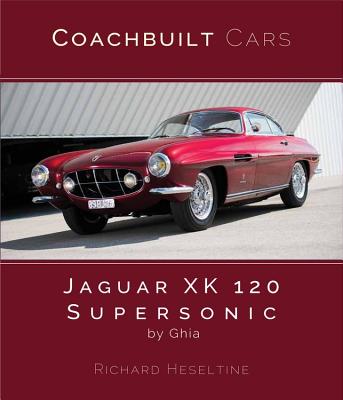
Author Richard Heseltine untangles the Ghia Jaguar XK120 Supersonic’s complicated backstory of British design brilliance and Italian design artistry. He reveals how Ghia wowed the car world with its jet-age styling, and introduces several fascinating characters whose names have peppered the post-war story of Italian car design, engineering and racing. Readers will discover how the original Supersonic was the work of Giovanni Sovanuzzi – the genius designer-engineer famous for the Cisitalia 202. Meanwhile, race team legend Virgilio Conrero was first to put fire in the Supersonic’s belly, while fiery Ghia chief Luigi Segre used the car to woo North America.
In-depth background on Carrozzeria Ghia examines the Italian coachbuilder’s efforts to spread across Europe and ‘crack’ the US market. The birth of Supersonic design as an Alfa Romeo-powered GT is covered in great detail, and a fascinating line-up of other Italian-bodied Jaguar XK sports cars are examined and illustrated, as a way to compare and contrast the Supersonic with the work of other accomplished Italian designers.
The history of chassis number 679768, is chronicled, recounting its elusive first owner, its lengthy periods hidden from public view, and its status today as the prized centrepiece in a private collection. Stunning contemporary photography of the car is mixed with rare and fascinating archive images.
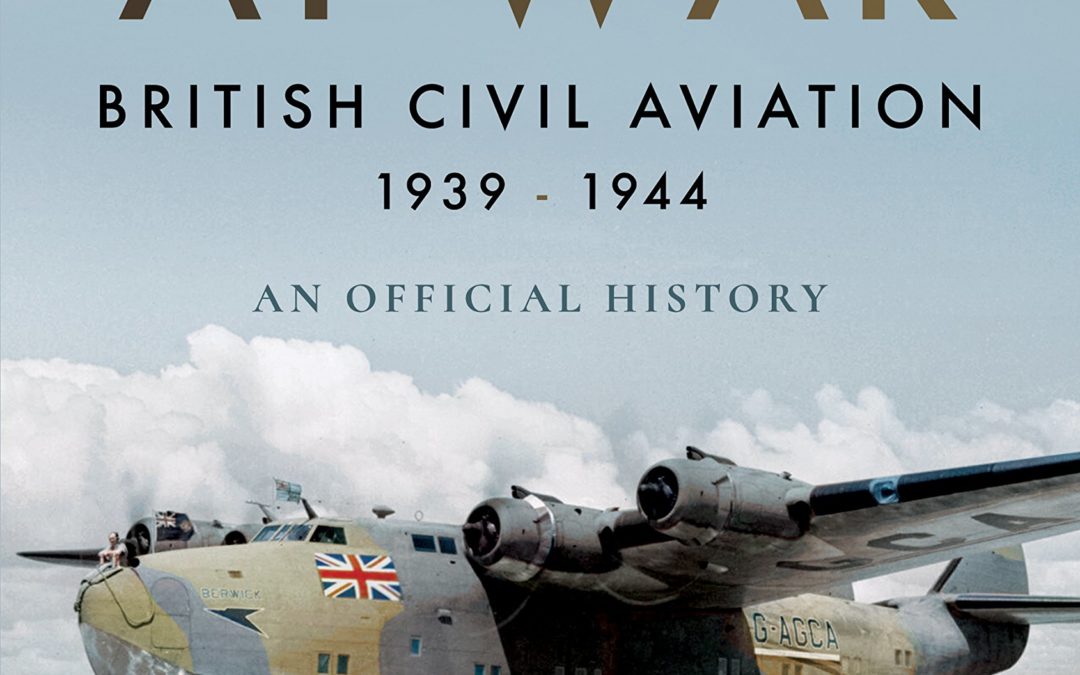
The brave efforts of the pilots and crew of the RAF during the Second World War are well-known but there was another body of aviators that played a significant role in the conflict – the men and women of the civilian airlines.
The British Overseas Airways Corporation (BOAC) was formed shortly after the outbreak of war in November 1939 by the amalgamation of Imperial Airways and British Airways. During the war BOAC operated as directed by the Secretary of State for Air, initially as the transport service for the RAF and with no requirement to act commercially. The inaugural BOAC had eighty-two aircraft, a large proportion of which were seaplanes and flying boats. With 54,000 miles of air routes over many parts of the world, ranging from the Arctic to South Africa, from the Atlantic coast of America to the eastern coast of India, the aircraft of the BOAC kept wartime Britain connected with its colonies and the free world, often under enemy fire. Over these routes, carrying mail, cargo and personnel, the men and machines of BOAC flew in the region of 19,000,000 miles a year.
There can rarely have been a moment, throughout the war, when aircraft of the British merchant air service were not flying somewhere along the routes, despite losses from enemy action. This book explores much of their war history between 1939 and 1944 (the year that marked the 25th anniversary of British commercial aviation), something of their lives and their achievements in linking up the battlefronts – at times cut off from any direct land or sea contacts with the Home Front – and in transporting supplies through the new, dangerous and often uncharted regions of the air. With the ‘Speedbird’ symbol or the Union Flag emblazoned on its aircraft the BOAC really did fly the flag for Britain throughout the wartime world.
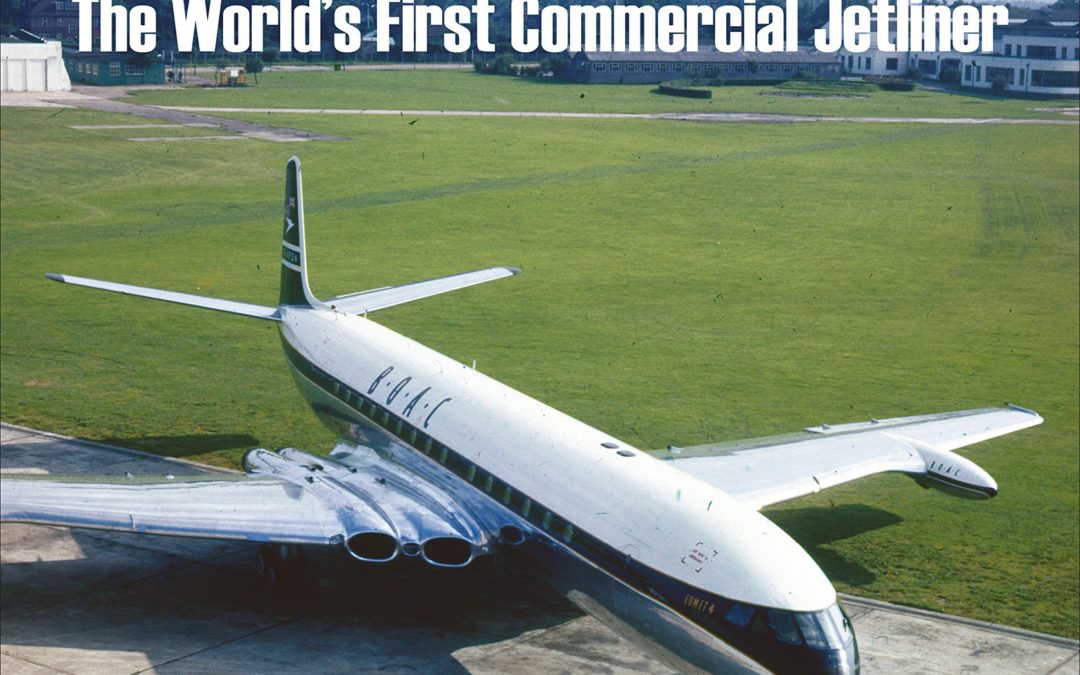
The world got a little smaller in July 1949 when the first jet-powered airliner took to the skies barely four years after the end of the Second World War.Not only was the de Havilland Comet 1 was a lot faster than previous airliners, it could fly higher and further. It was packed with new technology but, perhaps most importantly for those early passengers, it was a quiet, luxurious and even pleasant experience, something that could never be said for the noisy piston-engine aircraft that came before.The Comet’s leadership in jet travel for the future was assured until aircraft began crashing. The first ones were put down to pilot error but two disastrous events in 1954 grounded the fleet and Britain’s advantage over the rest of the world was lost. Boeing caught up with its ubiquitous 707 and the Comet was destined to become but a memory.However, rising from the ashes came a new Comet – one that was bigger and more powerful than before and designed for completely different roles. Where the first Comets had provided an expensive and plush way to travel for the rich few, the new Comet 4s carried more passengers to a multitude of destinations inevitably becoming key carriers for the early package holidaymakers. At the same time they became vital strategic transports for the RAF as the British Empire receded.This book tells the full story of the world’s first jet-powered airliner, from its remarkable beginnings, through its early flight trials program to its entry into service. The type’s military career is also covered, as is its construction; also included in this volume are details of the numerous variants produced and those still surviving as exhibits today. There are also twenty-four superb artworks by world-renowned aviation illustrator Juanita Franzi.









